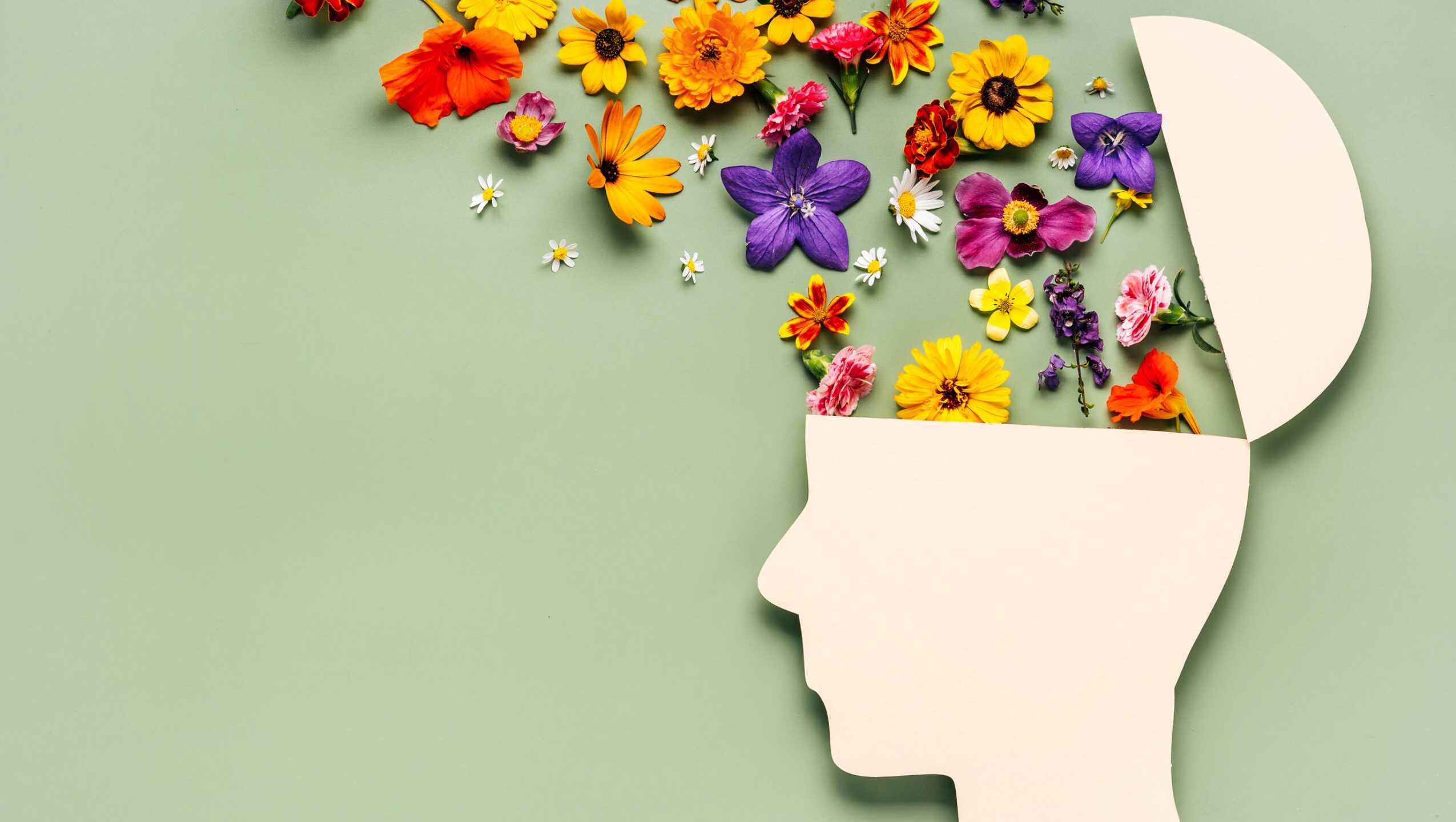In the realm of education, collaborative learning has emerged as a dynamic and transformative approach that transcends traditional classroom boundaries. This methodology fosters an environment where students actively engage, interact, and learn together, creating a synergy that not only enhances academic achievements but also equips learners with invaluable life skills. In this article, we explore the concept of collaborative learning, its benefits, and how it shapes the future of education.

1. Defining Collaborative Learning
Collaborative learning is an educational strategy that emphasizes cooperative interactions among students to achieve common learning goals. Unlike the traditional model of individual study, collaborative learning encourages active participation, group discussions, and shared problem-solving, enriching the learning experience through collective knowledge exchange.
2. Cultivating Critical Thinking and Problem-Solving Skills
One of the key advantages of collaborative learning is its ability to foster critical thinking and problem-solving skills. When students work together on complex tasks or projects, they are exposed to diverse perspectives and approaches. This diversity challenges their thinking, encourages creative solutions, and hones their ability to analyze and evaluate different viewpoints.
3. Enhancing Communication and Interpersonal Skills
Effective communication and interpersonal skills are vital in both academic and professional spheres. Collaborative learning provides a platform for students to express their thoughts, articulate ideas, and actively listen to their peers. Through group discussions, debates, and presentations, students refine their communication skills, building a strong foundation for effective interpersonal interactions.
4. Encouraging Active Engagement
Collaborative learning creates a dynamic and engaging classroom atmosphere where students become active participants in their education. When students collaborate, they become responsible for their own learning and the success of their peers. This shared responsibility drives motivation, curiosity, and a sense of ownership over their academic journey.
5. Fostering a Sense of Community
In collaborative learning environments, students form bonds and develop a sense of camaraderie. This sense of community not only enhances the learning experience but also contributes to a positive and inclusive classroom culture. Students learn to appreciate diverse backgrounds, experiences, and perspectives, fostering empathy and respect.
6. Preparing for Real-World Challenges
The modern world demands individuals who can collaborate effectively, adapt to change, and navigate complex situations. Collaborative learning mirrors real-world scenarios, where individuals from different backgrounds collaborate to solve multifaceted problems. By engaging in collaborative learning, students develop the skills and mindset necessary for success in an interconnected and rapidly evolving society.
7. Leveraging Technology for Global Collaboration
Technology has expanded the horizons of collaborative learning beyond the confines of physical classrooms. Virtual collaborations, online platforms, and video conferencing tools enable students from different parts of the world to work together on projects, fostering global perspectives and cultural understanding.
Conclusion
Collaborative learning is a powerful pedagogical approach that prepares students for the challenges of the modern world while enhancing their academic achievements. By promoting critical thinking, communication, and interpersonal skills, collaborative learning empowers students to become lifelong learners who thrive in diverse and interconnected environments. As educators continue to harness the potential of collaborative learning, they pave the way for a brighter future where knowledge is co-created, shared, and celebrated.